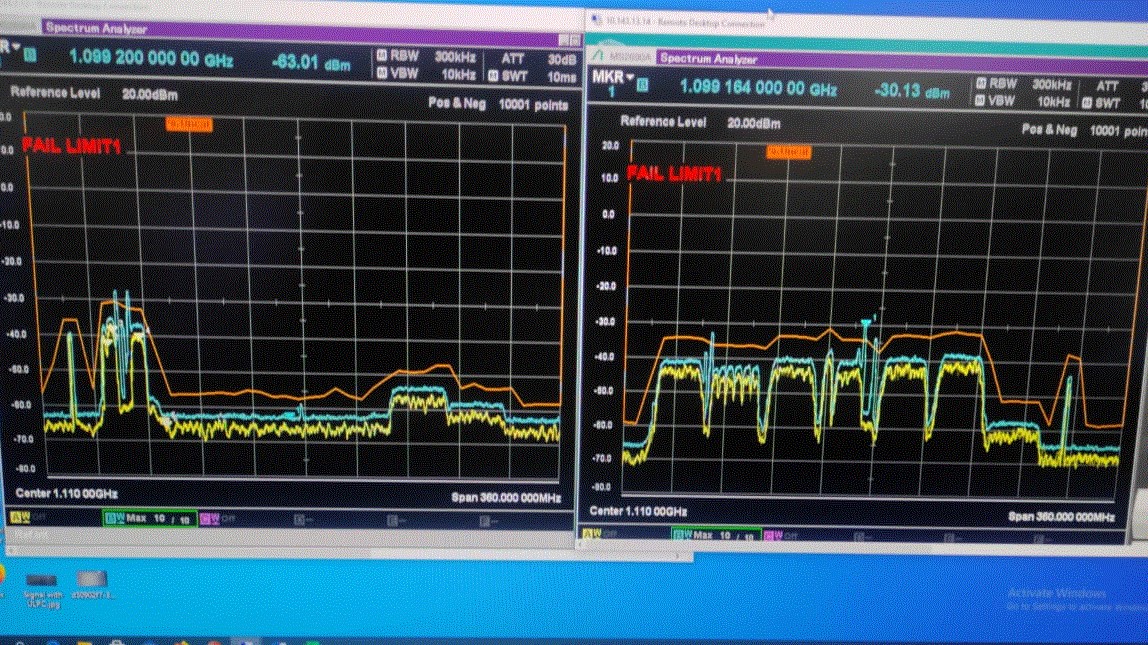Satellite Internet Forum.
Welcome, Guest. Forum rules.To search this site click here > SATSIG search
| Home Login Register |
| Satellite Internet forum › General and other topics › Random Interference on satellite Geostationary satellite downlink |
|
Pages: 1
|
Random Interference on satellite Geostationary satellite downlink(Read 2721 times) |
|
Aiman
Member
★★ Offline Posts: 8 |
Aug 19th, 2021 at 10:07am
|
| Back to top |
IP Logged
|
|
Nimrod Kapon
Member
★★ Offline Posts: 27 |
Reply #1 - Aug 19th, 2021 at 8:33pm
|
| Back to top |
www.oasisnetworks.net
We are your boots on the ground!
IP Logged
|
|
Aiman
Member
★★ Offline Posts: 8 |
Reply #2 - Oct 11th, 2021 at 9:49pm
|
| Back to top |
IP Logged
|
|
Admin1
YaBB Admin
★★★★★ Offline Posts: 1252 |
Reply #3 - Oct 12th, 2021 at 3:37pm
|
| Back to top |
IP Logged
|
|
Nimrod Kapon
Member
★★ Offline Posts: 27 |
Reply #4 - Oct 12th, 2021 at 6:46pm
|
| Back to top |
www.oasisnetworks.net
We are your boots on the ground!
IP Logged
|
|
Aiman
Member
★★ Offline Posts: 8 |
Reply #5 - Oct 25th, 2021 at 7:01pm
|
| Back to top |
IP Logged
|
|
Admin1
YaBB Admin
★★★★★ Offline Posts: 1252 |
Reply #6 - Oct 26th, 2021 at 3:51pm
|
| Back to top |
IP Logged
|
|
Aiman
Member
★★ Offline Posts: 8 |
Reply #7 - Oct 27th, 2021 at 2:40pm
|
| Back to top |
IP Logged
|
|
Admin1
YaBB Admin
★★★★★ Offline Posts: 1252 |
Reply #8 - Oct 27th, 2021 at 9:22pm
|
| Back to top |
IP Logged
|
|
Pages: 1
|
Email me: eric@satsig.net
Powered by YaBB 2.5.2!
YaBB Forum Software © 2000-. All Rights Reserved.
Disclaimer, Terms of Use and Privacy Forum User Agreement Forum rules Cookie policy.




